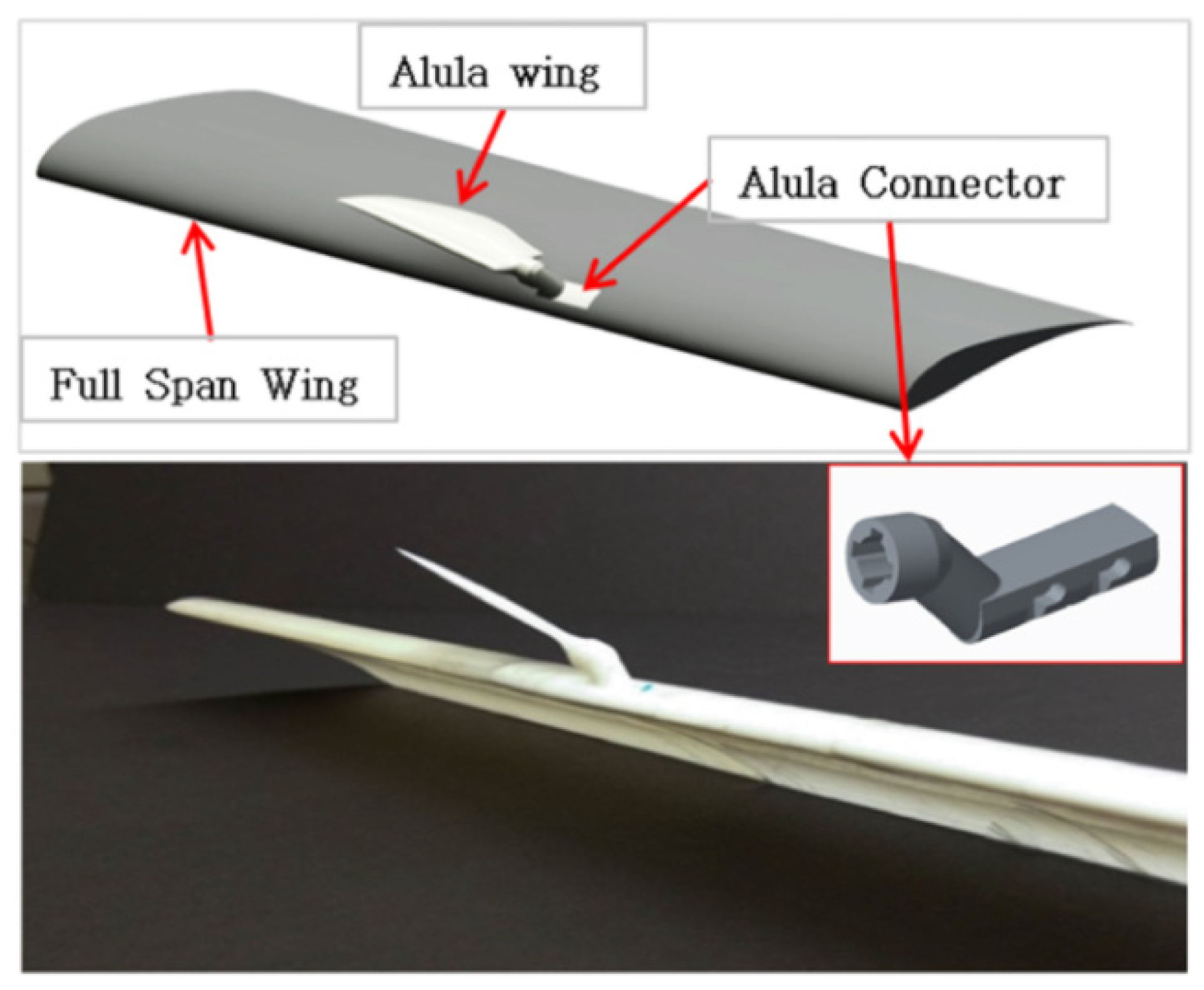The Progress of Aerodynamic Mechanisms Based on Avian Leading-Edge Alula and Future Study Recommendations
Abstract
:1. Introduction
2. Evaluation of the Current Research
2.1. Review of Studies on the Alula
2.1.1. Aerodynamic Mechanism of the Alula
2.1.2. Bionic Application of the Alula
2.1.3. Deployment Mode of the Alula
2.1.4. Morphological Measurements and Statistics of the Alula
2.2. Comments and Analysis of Current Alula Research
2.2.1. Comments on Research Models
- (1).
- The unsteady effect of the complex flapping motions is not involved.
- (2).
- The influence of elastic deformation caused by flexibility is not involved.
- (3).
- The influence of the real avian wing plane and section shape is not involved.
2.2.2. Comments on Research Methods
3. Study Predictions and Strategies for Future Research
- (1).
- Pure plunging motion (plunging amplitude, frequency),
- (2).
- Plunging and sweeping (plunging amplitude, sweeping amplitude, frequency, phase difference),
- (3).
- Plunging and folding (plunging amplitude, folding amplitude, frequency, phase difference),
- (4).
- Plunging, sweeping, and folding (amplitudes, frequency, phase difference).
4. Summary
- (1).
- The plunging, sweeping, twisting, and folding motions of birds can produce very complex unsteady effects on the function of the alula. Thus, it is necessary to investigate the aerodynamic mechanisms of the alula during complex flapping motions.
- (2).
- Flexible deformation and wing plane and section shape have a significant impact on the aerodynamic characteristics of flying creatures and may cause special aerodynamic phenomena. Thus, it is necessary to study the aerodynamic mechanisms of the alula taking these factors into account.
- (3).
- Flying creatures in nature have complex flapping motions, different flexible deformations, and distinct wing plane shapes and section shapes. Therefore, research on the alula simultaneously considering all aspects can best reflect the aerodynamic mechanisms of the alula observed in nature.
Author Contributions
Funding
Institutional Review Board Statement
Informed Consent Statement
Data Availability Statement
Conflicts of Interest
| Nomenclature | Abbreviations | ||
| Pressure coefficient, | LEV | Leading Edge Vortex | |
| Lift coefficient, | DPIV | Digital Particle Image Velocimetry | |
| Drag coefficient, | PIV | Particle Image Velocimetry | |
| Pitch moment coefficient, | AoA | Angle of Attack | |
| Roll moment coefficient, | LEAD | Leading Edge Alula Device | |
| Angle of attack (deg.) | CFD | Computational Fluid Dynamics | |
| Relative angle of attack of alula(deg.) | CSD | Computational Structural Dynamics | |
| Deflection angle of alula (deg.) | RANS | Reynolds-averaged Navier-Stokes | |
| Distance of the alula root from wing tip | LES | Large Eddy Simulation | |
| Density of fluids | AR | Aspect Ratio | |
| Freestream velocity | St | Strouhal number | |
| Wing area | |||
| Wing span | |||
References
- Videler, J.J. Avian Flight; Oxford University Press: New York, NY, USA, 2006. [Google Scholar]
- Lee, S.-I.; Choi, H. Characteristics of the alula in relation to wing and body size in the Laridae and Sternidae. Anim. Cells Syst. 2016, 21, 63–69. [Google Scholar] [CrossRef] [Green Version]
- Nachtigall, W.; Kempf, B. Vergleichende Untersuchungen zur flugbiologischen Funktion des Daumenfittichs (Alula spuria) bei Vögeln. Z. Vgl. Physiol. 1971, 71, 326–341. [Google Scholar] [CrossRef]
- Meseguer, J.; Alvarez, J.C.; Meseguer, E.; Perez, A. The Alula: A Leading Edge, High Lift Device of Birds; IDR/UPM, Universidad Politécnica de: Madrid, Spain, 2003. [Google Scholar]
- Meseguer, J.; Franchini, S.; Pérez-Grande, I.; Sanz, J.L. On the aerodynamics of leading-edge high-lift devices of avian wings. Proc. Inst. Mech. Eng. Part G J. Aerosp. Eng. 2005, 219, 63–68. [Google Scholar] [CrossRef]
- Lee, S.-I.; Kim, J.; Park, H.; Jabłoński, P.G.; Choi, H. The Function of the Alula in Avian Flight. Sci. Rep. 2015, 5, 9914. [Google Scholar] [CrossRef] [PubMed] [Green Version]
- Videler, J.J.; Stamhuis, E.J.; Povel, G.D. Leading-edge vortex lifts swifts. Science 2004, 306, 1960–1962. [Google Scholar] [CrossRef] [Green Version]
- Shyy, W.; Liu, H. Flapping Wings and Aerodynamic Lift: The Role of Leading-Edge Vortices. AIAA J. 2007, 45, 2817–2819. [Google Scholar] [CrossRef]
- Muijres, F.T.; Johansson, L.C.; Barfield, R.; Wolf, M.; Spedding, G.; Hedenstrom, A. Leading-edge vortex improves lift in slow-flying bats. Science 2008, 319, 1250–1253. [Google Scholar] [CrossRef]
- Lentink, D.; Dickson, W.B.; Van Leeuwen, J.L.; Dickinson, M.H. Leading-edge vortices elevate lift of autorotating plant seeds. Science 2009, 324, 1438–1440. [Google Scholar] [CrossRef] [Green Version]
- Muijres, F.T.; Johansson, L.C.; Hedenström, A. Leading edge vortex in a slow-flying passerine. Biol. Lett. 2012, 8, 554–557. [Google Scholar] [CrossRef] [Green Version]
- Eldredge, J.D.; Jones, A.R. Leading-edge vortices: Mechanics and modeling. Annu. Rev. Fluid Mech. 2019, 51, 75–104. [Google Scholar] [CrossRef]
- Hubel, T.Y.; Tropea, C. The importance of leading edge vortices under simplified flapping flight conditions at the size scale of birds. J. Exp. Biol. 2010, 213, 1930–1939. [Google Scholar] [CrossRef] [Green Version]
- Linehan, T.; Mohseni, K. On the maintenance of an attached leading-edge vortex via model bird alula. J. Fluid Mech. 2020, 897. [Google Scholar] [CrossRef]
- Linehan, T.; Mohseni, K. Scaling trends of bird’s alular feathers in connection to leading-edge vortex flow over hand-wing. Sci. Rep. 2020, 10, 1–14. [Google Scholar] [CrossRef]
- Sander, A. The Role of the Alula in Avian Flight and It’s Application to Small Aircraft: A Numerical Study. Master’s Thesis, University of Groningen, Groningen, The Netherlands, 2018. [Google Scholar]
- Ge, C.; Ren, L.; Liang, P.; Zhang, C.; Zhang, Z. High-Lift Effect of Bionic Slat Based on Owl Wing. J. Bionic Eng. 2013, 10, 456–463. [Google Scholar] [CrossRef]
- Mandadzhiev, B.A.; Lynch, M.K.; Chamorro, L.P.; Wissa, A.A. Alula-Inspired Leading Edge Device for Low Reynolds Number Flight. In Proceedings of the ASME 2016 Conference on Smart Materials, Adaptive Structures and Intelligent Systems, Stowe, VT, USA, 28–30 September 2016; V002T06A016-V002T06A016; American Society of Mechanical Engineers: New York, NY, USA, 2016. [Google Scholar]
- Mandadzhiev, B.; Lynch, M.; Chamorro Chavez, L.P.; Wissa, A.A. An Experimental Study of an Airfoil with a Bio-inspired Leading Edge Device at High Angles of Attack. Smart Mater. Struct. 2017, 26, 094008. [Google Scholar] [CrossRef]
- Ito, M.R.; Duan, C.; Chamorro, L.P.; Wisaa, A.A. A Leading-Edge Alula-Inspired Device (LEAD) for Stall Mitigation and Lift Enhancment for Low Reynolds Number Finite Wings. In Proceedings of the ASME 2018 Conference on Smart Materials, Adaptive Structures and Intelligent Systems, San Antonio, TX, USA, 10–12 September 2018; V002T06A011-V002T06A011; American Society of Mechanical Engineers: New York, NY, USA, 2018. [Google Scholar]
- Ito, M.R.; Duan, C.; Wissa, A.A. The function of the alula on engineered wings: A detailed experimental investigation of a bi-oinspired leading-edge device. Bioinspiration Biomim. 2019, 14, 056015. [Google Scholar] [CrossRef]
- Linehan, T.; Mohseni, K. Investigation of a sliding alula for control augmentation of lifting surfaces at high angles of attack. Aerosp. Sci. Technol. 2019, 87, 73–88. [Google Scholar] [CrossRef]
- Fischel, J.; Naeseth, R.L.; Hagerman, J.R.; O’Hare, W.M. Effect of Aspect Ratio on The Low-Speed Lateral Control Characteristics of Untapered Low-Aspect-Ratio Wings Equipped with Flap and with Retractable Ailerons; NACA TN 1091; National Advisory Committee for Aeronautics, Langley Aeronautical Lab: Langley Field, VA, USA, 1952.
- Panta, A.; Mohamed, A.; Marino, M.; Watkins, S.; Fisher, A. Unconventional control solutions for small fixed wing un-manned aircraft. Prog. Aerosp. Sci. 2018, 102, 122–135. [Google Scholar] [CrossRef]
- Panta, A.; Fisher, A.; Mohamed, A.; Marino, M.; Xu, R.; Liu, H.; Watkins, S. Low Reynolds number aerodynamics of leading-edge and trailing-edge hinged control surfaces: Part I statics. Aerosp. Sci. Technol. 2019, 99, 105563. [Google Scholar] [CrossRef]
- Linehan, T.I.; Mohseni, K.; Ferrar, J. Active roll control at high angles of attack via bio-inspired sliding alula. In Proceedings of the AIAA Scitech 2020 Forum, Orlando, FL, USA, 24 March 2020. [Google Scholar]
- Austin, B.; Anderson, A.M. The alula and its aerodynamic effect on avian flight. In Proceedings of the ASME 2007 International Mechanical Engineering Congress and Exposition, Seattle, WA, USA, 11–15 November 2007; American Society of Mechanical Engineers: New York, NY, USA, 2007; pp. 797–806. [Google Scholar]
- Carruthers, A.C.; Thomas, A.L.R.; Taylor, G.K. Automatic aeroelastic devices in the wings of a steppe eagle Aquila nipalensis. J. Exp. Biol. 2007, 210, 4136–4149. [Google Scholar] [CrossRef] [Green Version]
- Savile, D.B.O. Adaptive evolution in the avian wing. Evolution 1957, 11, 212–224. [Google Scholar] [CrossRef]
- Norberg, U.M. Vertebrate Flight; Springer: Berlin/Heidelberg, Germany, 1990. [Google Scholar]
- Alvarez, J.; Meseguer, J.; Meseguer, E.; Pérez, A. On the role of the alula in the steady flight of birds. Ardeola 2001, 48, 161–173. [Google Scholar]
- Shyamal, L. Counteracting Extremes Enabling Normal Flying: Insights for Global Governance from Birds on the Wing and the Dodo. Available online: https://www.laetusinpraesens.org/docs10s/flying.php (accessed on 5 December 2019).
- Berg, A.M.; Biewener, A.A. Wing and body kinematics of takeoff and landing flight in the pigeon (Columba livia). J. Exp. Biol. 2010, 213, 1651–1658. [Google Scholar] [CrossRef] [PubMed] [Green Version]
- Ros, I.G.; Bassman, L.C.; Badger, M.A.; Pierson, A.N.; Biewener, A.A. Pigeons steer like helicopters and generate down-and upstroke lift during low speed turns. Proc. Natl. Acad. Sci. USA 2011, 108, 19990–19995. [Google Scholar] [CrossRef] [PubMed] [Green Version]
- Chin, D.D.; Lentink, D. Flapping wing aerodynamics: From insects to vertebrates. J. Exp. Biol. 2016, 219, 920–932. [Google Scholar] [CrossRef] [PubMed] [Green Version]
- Takahashi, H.; Abe, K.; Takahata, T.; Shimoyama, I. Experimental Study of the Aerodynamic Interaction between the Forewing and Hindwing of a Beetle-Type Ornithopter. Aerospace 2018, 5, 83. [Google Scholar] [CrossRef] [Green Version]
- Betz, A. Ein beitrag zur erklaerung segelfluges. Z. Flugtech. Mot. 1912, 3, 269–272. [Google Scholar]
- Glauert, H. Aerodynamic Theory; Springer: Berlin/Heidelberg, Germany, 1934. [Google Scholar]
- Ashraf, M.A.; Young, J.S.; Lai, J.C. Oscillation frequency and amplitude effects on plunging airfoil propulsion and flow periodicity. AIAA J. 2012, 50, 2308–2324. [Google Scholar] [CrossRef]
- Young, J.; Lai, J. Mechanisms Influencing the Efficiency of Oscillating Airfoil Propulsion. AIAA J. 2007, 45, 1695–1702. [Google Scholar] [CrossRef]
- Young, J. Numerical Simulation of the Unsteady Aerodynamics of Flapping Airfoils. Ph.D. Thesis, School of Aerospace, Civil and Mechanical Engineering, University of New South Wales, Canberra, Australia, 2005. [Google Scholar]
- Gursul, I.; Cleaver, D. Plunging Oscillations of Airfoils and Wings: Progress, Opportunities, and Challenges. AIAA J. 2019, 57, 3648–3665. [Google Scholar] [CrossRef]
- Lu, K.; Xie, Y.H.; Zhang, D. Numerical study of large amplitude, nonsinusoidal motion and camber effects on pitching airfoil propulsion. J. Fluids Struct. 2013, 36, 184–194. [Google Scholar] [CrossRef]
- Yu, M.; Wang, Z.J.; Hu, H. High fidelity numerical simulation of airfoil thickness and kinematics effects on flapping airfoil propulsion. J. Fluids Struct. 2013, 42, 166–186. [Google Scholar] [CrossRef]
- Koochesfahani, M.M. Vortical patterns in the wake of an oscillating airfoil. AIAA J. 1989, 27, 1200–1205. [Google Scholar] [CrossRef]
- Bansmer, S.E.; Radespiel, R. Flapping flight: High thrust and propulsive efficiency due to forward gliding oscillations. AIAA J. 2012, 50, 2937–2942. [Google Scholar] [CrossRef]
- Izraelevitz, J.S.; Triantafyllou, M.S. Adding in-line motion and model-based optimization offers exceptional force control authority in flapping foils. J. Fluid Mech. 2014, 742, 5–34. [Google Scholar] [CrossRef]
- Wang, S.; Zhang, X.; He, G.; Liu, T. Lift enhancement by dynamically changing wingspan in forward flapping flight. Phys. Fluids 2014, 26, 061903. [Google Scholar] [CrossRef] [Green Version]
- Bahlman, J.W.; Swartz, S.M.; Breuer, K.S. How wing kinematics affect power requirements and aerodynamic force production in a robotic bat wing. Bioinspiration Biomim. 2014, 9, 025008. [Google Scholar] [CrossRef]
- Wang, S.; Zhang, X.; He, G.; Liu, T. Lift enhancement by bats’ dynamically changing wingspan. J. R. Soc. Interface 2015, 12, 20150821. [Google Scholar] [CrossRef] [Green Version]
- Van Truong, T.; Nguyen, Q.-V.; Lee, H.P. Bio-Inspired Flexible Flapping Wings with Elastic Deformation. Aerospace 2017, 4, 37. [Google Scholar] [CrossRef]
- Shyy, W.; Aono, H.; Chimakurthi, S.; Trizila, P.; Kang, C.-K.; Cesnik, C.; Liu, H. Recent progress in flapping wing aerodynamics and aeroelasticity. Prog. Aerosp. Sci. 2010, 46, 284–327. [Google Scholar] [CrossRef]
- Heathcote, S.; Gursul, I. Flexible Flapping Airfoil Propulsion at Low Reynolds Numbers. AIAA J. 2007, 45, 1066–1079. [Google Scholar] [CrossRef]
- Heathcote, S.; Wang, Z.-J.; Gursul, I. Effect of Spanwise Flexibility on Flapping Wing Propulsion. J. Fluids Struct. 2006, 24, 183–199. [Google Scholar] [CrossRef]
- Kang, C.K.; Aono, H.; Cesnik, C.E.S.; Shyy, W. Effects of flexibility on the aerodynamic performance of flapping wings. J. Fluid Mech. 2011, 689, 32–74. [Google Scholar] [CrossRef] [Green Version]
- Gong, C.; Han, J.; Yuan, Z.; Fang, Z.; Chen, G. Numerical investigation of the effects of different parameters on the thrust performance of three dimensional flapping wings. Aerosp. Sci. Technol. 2018, 84, 431–445. [Google Scholar] [CrossRef]
- Thielicke, W.; Stamhuis, E.J. The influence of wing morphology on the three-dimensional flow patterns of a flapping wing at bird scale. J. Fluid Mech. 2015, 768, 240–260. [Google Scholar] [CrossRef]
- Thielicke, W.; Stamhuis, E.J. The effects of wing twist in slow-speed flapping flight of birds: Trading brute force against effi-ciency. Bioinspiration Biomim. 2018, 13, 056015. [Google Scholar] [CrossRef] [PubMed]
- Yun, Q. Experimental Aerodynamics; National Defense Industry Press: Beijing, China, 1991. (In Chinese) [Google Scholar]
- Adrian, R.J. Particle-Imaging Techniques for Experimental Fluid Mechanics. Annu. Rev. Fluid Mech. 2003, 23, 261–304. [Google Scholar] [CrossRef]
- Del Estal Herrero, A.; Percin, M.; Karasek, M.; Van Oudheusden, B. Flow Visualization around a Flapping-Wing Micro Air Vehicle in Free Flight Using Large-Scale PIV. Aerospace 2018, 5, 99. [Google Scholar] [CrossRef] [Green Version]
- Adrian, L.; Adrian, R.J.; Westerweel, J. Particle Image Velocimetry; Cambridge University Press: Cambridge, UK, 2011. [Google Scholar]
- Westerweel, J.; Elsinga, G.E.; Adrian, R.J. Particle Image Velocimetry for Complex and Turbulent Flows. Annu. Rev. Fluid Mech. 2013, 45, 409. [Google Scholar] [CrossRef]
- Nishino, T.; Roberts, G.; Zhang, X. Unsteady RANS and detached-eddy simulations of flow around a circular cylinder in ground effect. J. Fluids Struct. 2008, 24, 18–33. [Google Scholar] [CrossRef] [Green Version]
- Spalart, P.R. Detached-eddy simulation. Annu. Rev. Fluid Mech. 2009, 41, 181–202. [Google Scholar] [CrossRef]
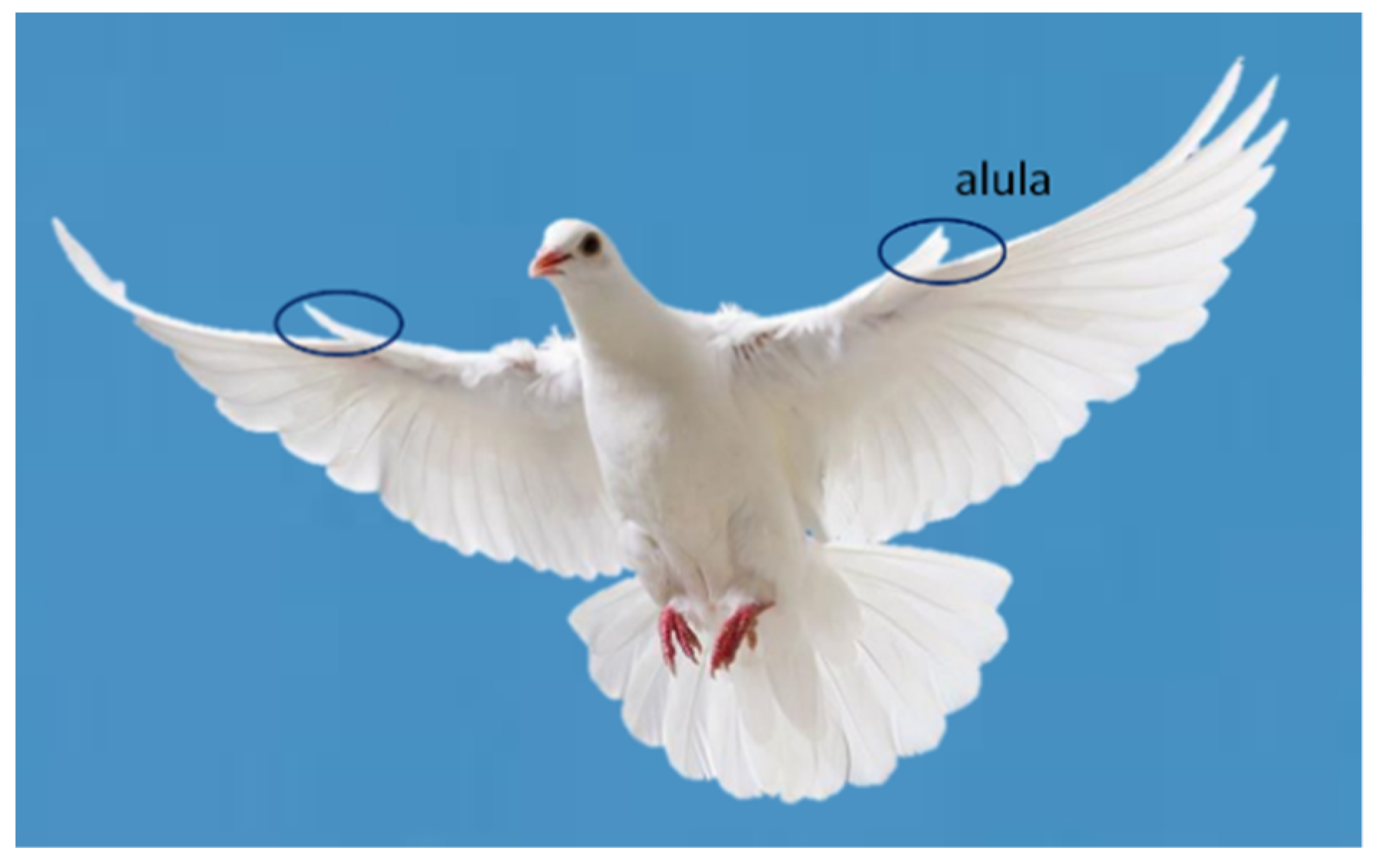
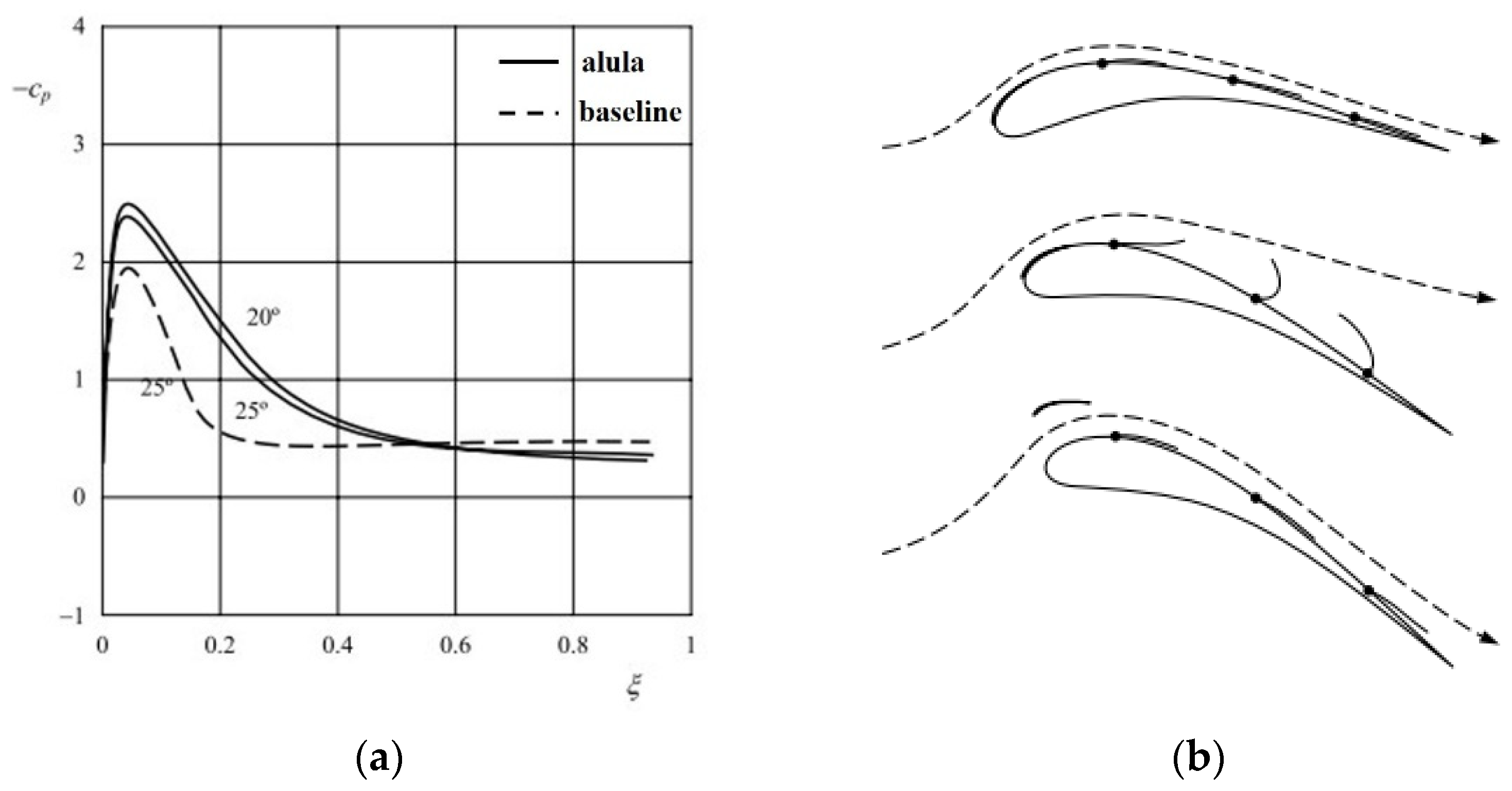
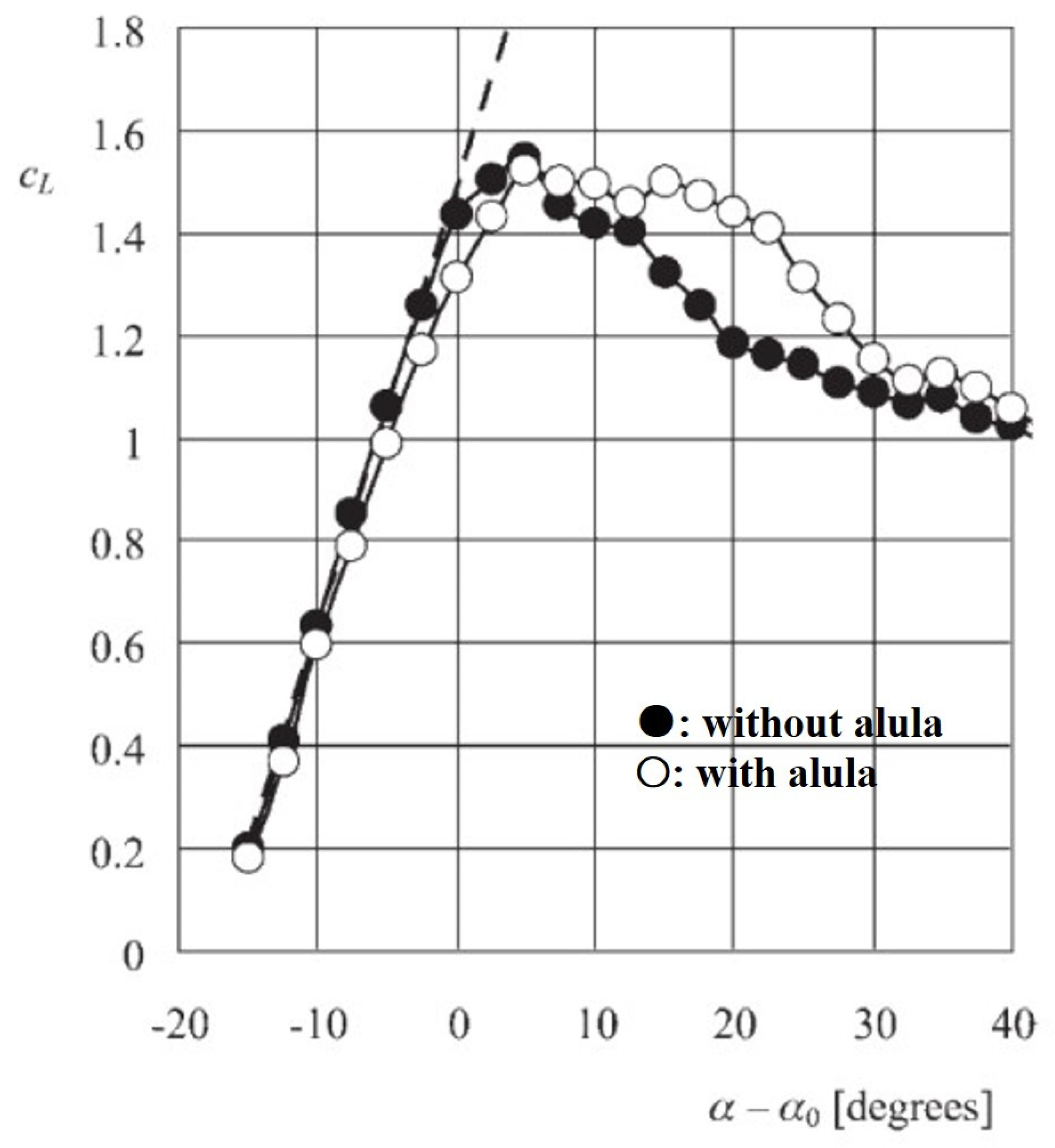


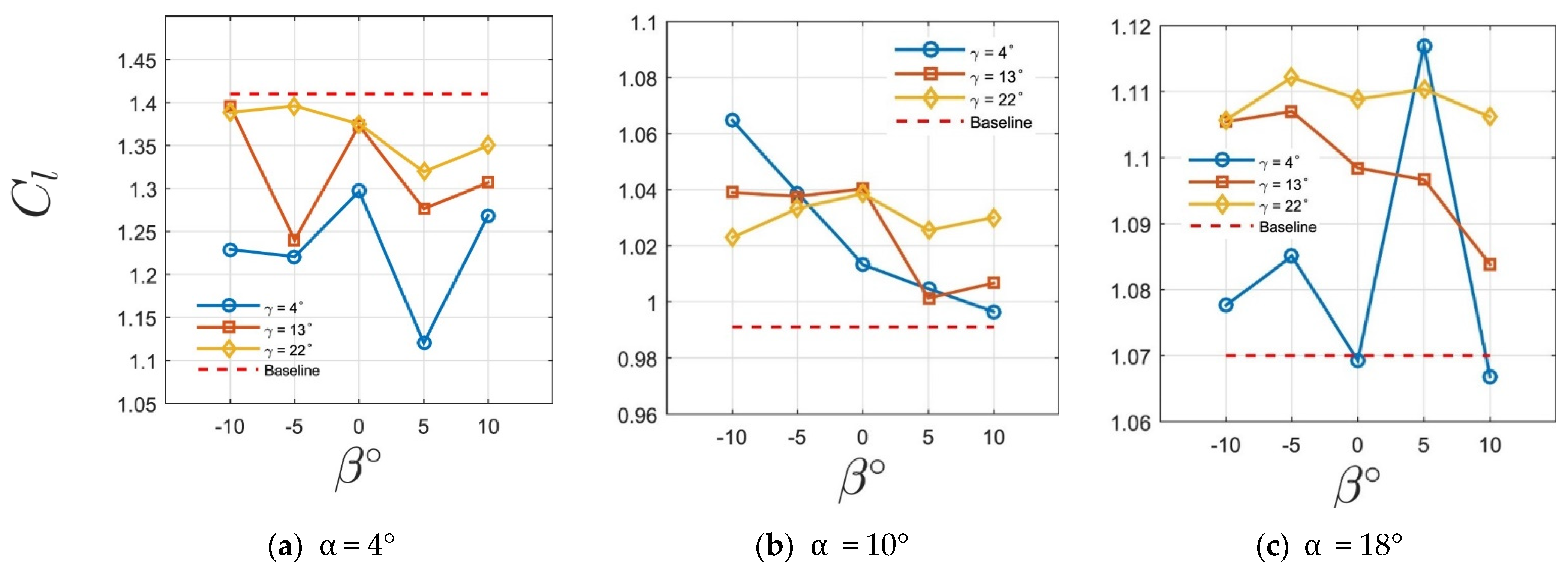
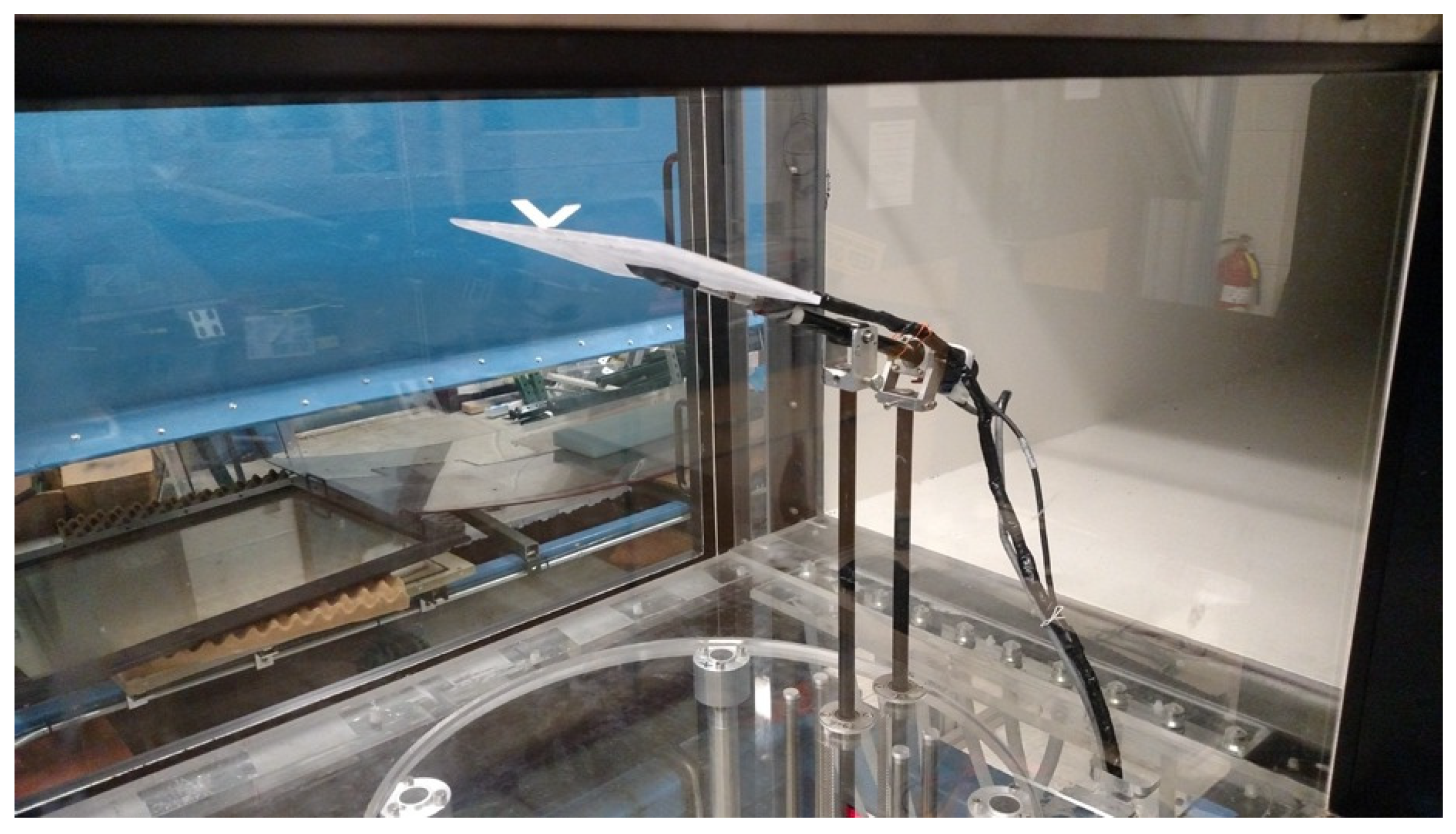
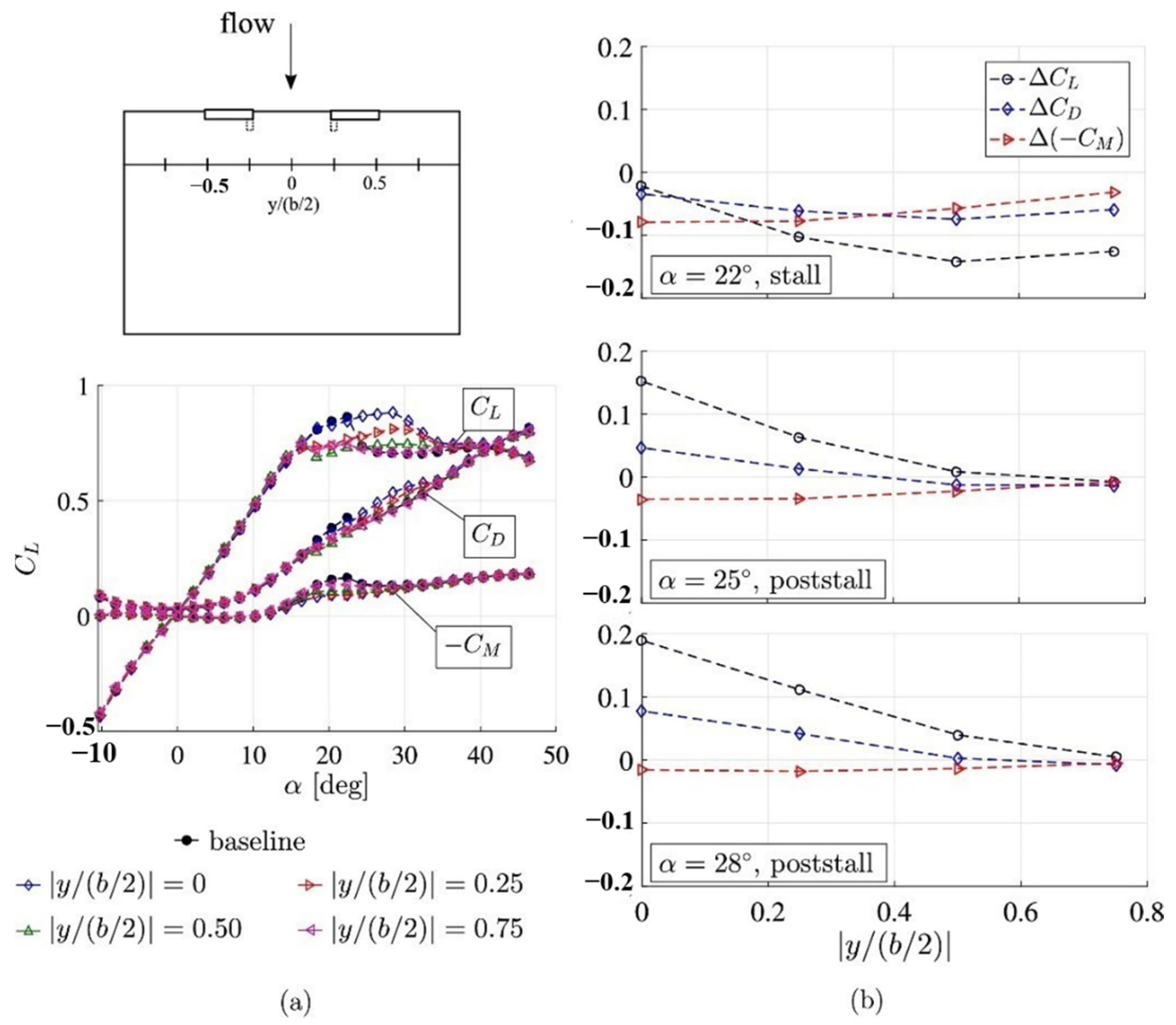

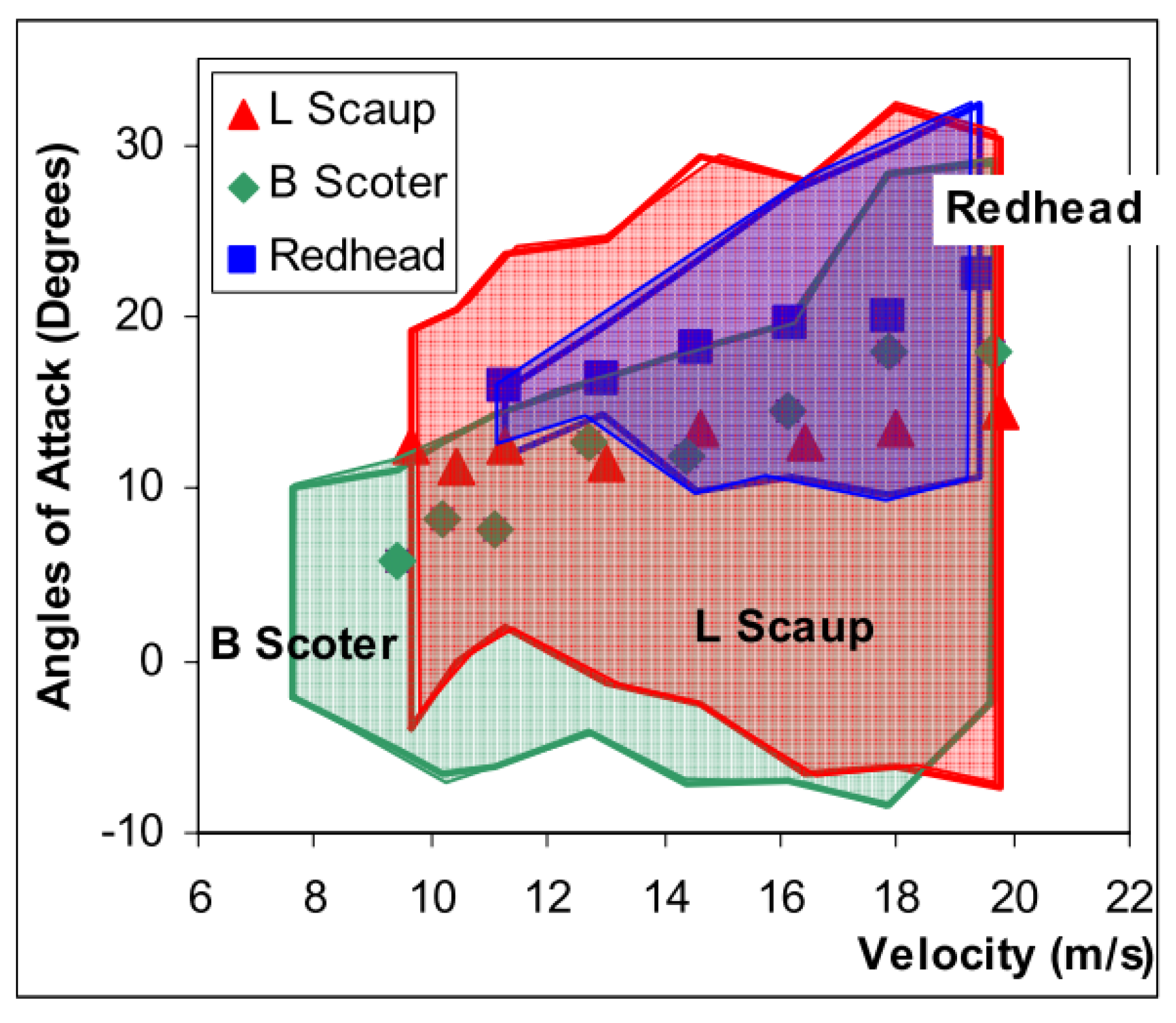

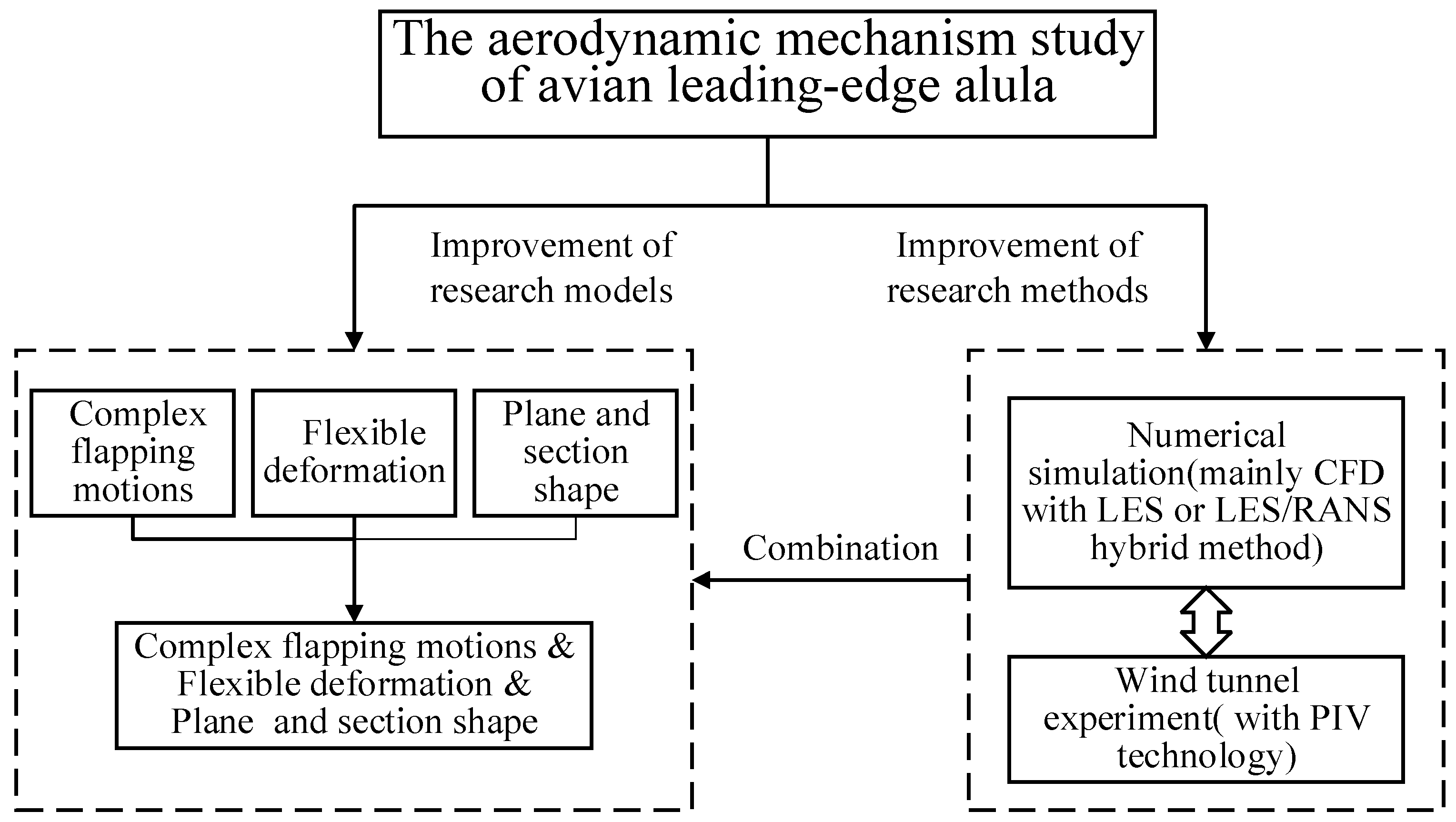
Publisher’s Note: MDPI stays neutral with regard to jurisdictional claims in published maps and institutional affiliations. |
© 2021 by the authors. Licensee MDPI, Basel, Switzerland. This article is an open access article distributed under the terms and conditions of the Creative Commons Attribution (CC BY) license (https://creativecommons.org/licenses/by/4.0/).
Share and Cite
Bao, H.; Song, B.; Yang, W.; Xuan, J.; Xue, D. The Progress of Aerodynamic Mechanisms Based on Avian Leading-Edge Alula and Future Study Recommendations. Aerospace 2021, 8, 295. https://doi.org/10.3390/aerospace8100295
Bao H, Song B, Yang W, Xuan J, Xue D. The Progress of Aerodynamic Mechanisms Based on Avian Leading-Edge Alula and Future Study Recommendations. Aerospace. 2021; 8(10):295. https://doi.org/10.3390/aerospace8100295
Chicago/Turabian StyleBao, Han, Bifeng Song, Wenqing Yang, Jianlin Xuan, and Dong Xue. 2021. "The Progress of Aerodynamic Mechanisms Based on Avian Leading-Edge Alula and Future Study Recommendations" Aerospace 8, no. 10: 295. https://doi.org/10.3390/aerospace8100295
APA StyleBao, H., Song, B., Yang, W., Xuan, J., & Xue, D. (2021). The Progress of Aerodynamic Mechanisms Based on Avian Leading-Edge Alula and Future Study Recommendations. Aerospace, 8(10), 295. https://doi.org/10.3390/aerospace8100295






